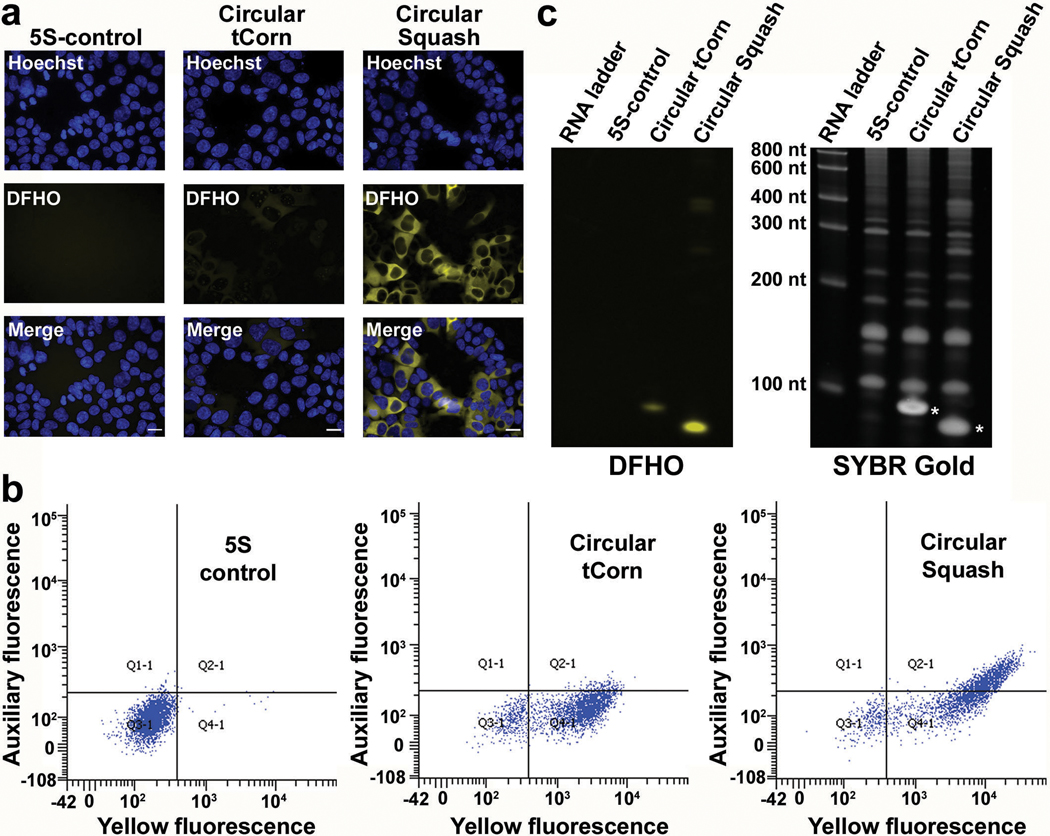Extended Data Fig. 4. Squash exhibits higher cellular fluorescence than Corn when expressed as a circular RNA.
a, Comparison of in-cell fluorescence intensity of circular Squash or circular tCorn (tRNA-scaffolded Corn). HEK293T cells expressing 5S-control (no aptamer), Tornado-tCorn or Tornado-Squash plasmids were imaged using 10 μM DFHO and the same microscope settings. Cells expressing circular Squash exhibited much brighter cellular fluorescence than cells expressing circular tCorn. Circular Squash showed mostly nucleus-excluded signal. Scale bar, 20 μm.
b, Comparison of cellular brightness of Squash and Corn using flow cytometry of HEK293T cells prepared as in a. Cells were analyzed in the yellow (ex 488 nm, em 545 ± 17.5 nm) fluorescence channel. An auxiliary far-red channel (ex 635 nm; em 780 ± 30) was used to measure cellular auto-fluorescence. Cells expressing circular Squash exhibited substantially more fluorescence.
c, To determine if the higher fluorescence of circular Squash in a and b was due to higher expression, 10 μg total RNA was isolated from HEK293T cells and analyzed by gel staining with DFHO and SYBR Gold as described previously36. Bands corresponding to circular Squash and circular tCorn in SYBR Gold staining were identified by comparing them with the 5S-control lane and marked by white stars. Quantification of the band intensities indicates slightly higher expression of circular tCorn. Note, unlike Squash, two tCorn molecules are required to bind a single DFHO molecule. The higher fluorescence of circular Squash-expressing cells compared to tCorn is probably due to higher quantum yield and improved folding of Squash. Additionally, the DFHO fluorescence intensity of the band corresponding to circular Squash is much higher than that of the circular tCorn band, suggesting that Squash also folds better in the gel than Corn.

